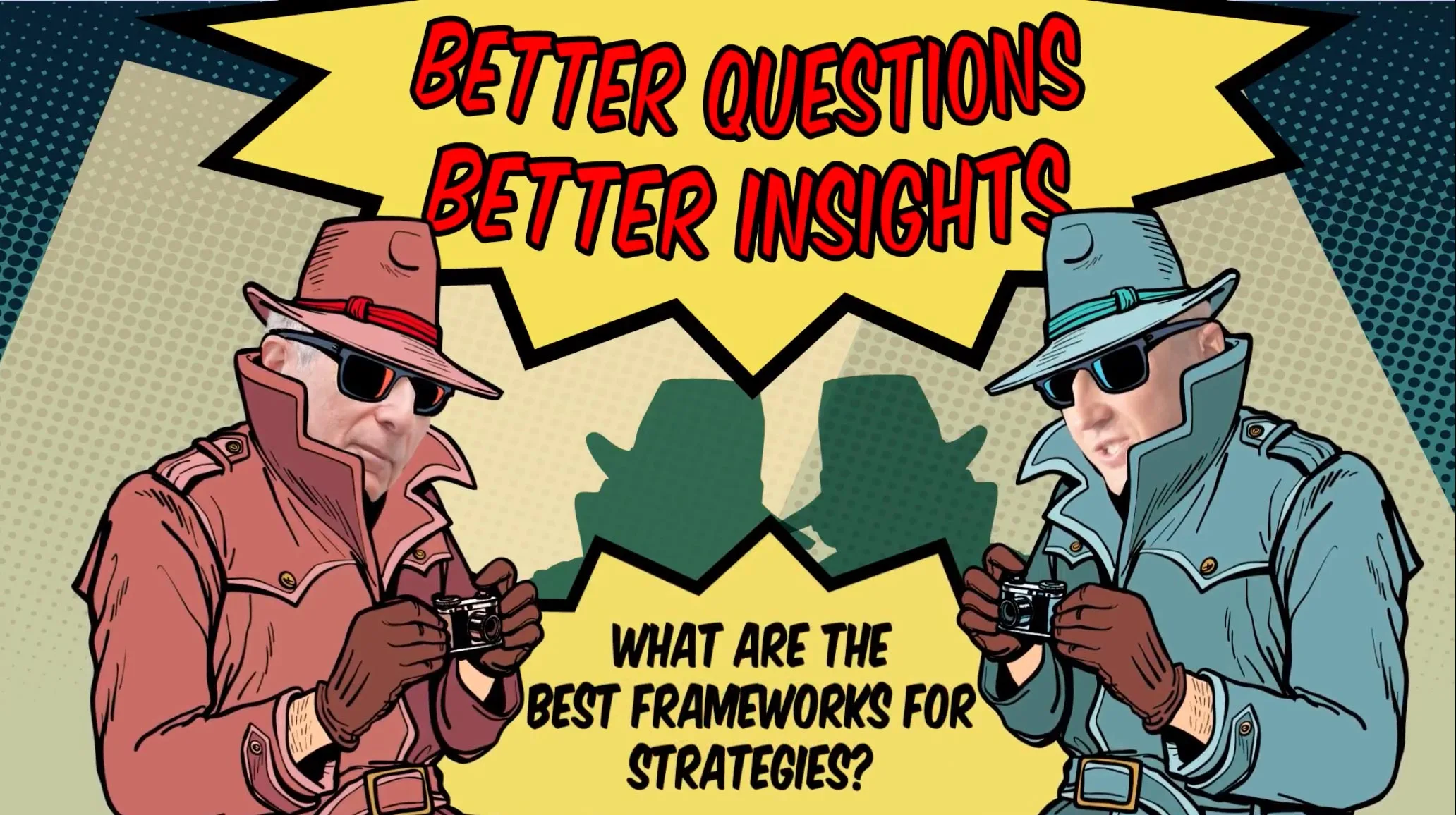A four-billion dollar merger is underway between two of the country’s media player giants, Nine Entertainment and Fairfax Media. The new company name after the merger is Nine, and it is set to become Australia’s formidable integrated media player.
With two giants combining forces to create one formidable integrated media player, there is one worthy question that begs an answer.
How will they redefine their company culture in a way that allows both companies to thrive?
It’s been proven time and again that culture is the core driver of a business merger’s success or failure. With culture clash cited as the number one challenge for companies, 70% to 90% of M&As fail due to a weak cultural integration plan.
Whilst culture is not something that could stop such a proposed transaction, managers need to ensure that it doesn’t become a barrier to the organisation’s goals.
Establishing a new corporate culture after a merger and acquisition may seem like a daunting task. Employees will start questioning where they stand or how processes will be managed.
Is your business about to undergo a merger? Here are some crucial points you need to keep in mind.
Culture as the Backbone of Profit
If profitability is about performance and performance is about people, planning your corporate culture is the foundation that ensures your company is able to sustain its growth and remain competitive.
During a merger or acquisition, confusion may arise in the two companies. Employees may raise concerns surrounding their roles, how work will be managed, and new processes that may be integrated.
Concerns about managerial roles, the shift in systems, and duplicate roles will start to plague HR managers.
To help you deal with this transition, vision and communication need to be central to every action you decide to take.
Vision: This Is Where the Fun Is
As the leader of a newly merged company, you have the power to control the path your organisation takes towards the future. Planning a successful integration requires you to have a clear idea of the goals you want to accomplish and what the future of the company looks like.
Brainstorm a list of the best cultural attributes in both companies, and think about how you can merge these so the resulting culture is one that’s encompassing, complementary, sustainable, and acceptable.
Then set out incremental goals and objectives for the integration, which will act as guiding principles for you and the leadership team as you turn that vision into reality.
Clear Communication: What’s Next?
In times of stress, it’s easy for people to jump to the worst possible scenario. To minimise this, ensure that all employees understand why change is necessary to achieve your organisation’s larger goals. Spend some time outlining roles, processes, and systems. Relay the information to the employees so that they know where they stand and how they can go about business.
Now is a great time to allow your best employees to shine through and contribute to the success of the organisation by helping them step up or promoting them to managerial positions.
Implementing managers are essential to connecting with all your employees. They can act as the bridge that can relay employee concerns while helping you nail your vision and message to every member of your organisation so everyone knows what to expect in the months ahead.
5 Steps to Addressing Post-Merger Cultural Issues and Change Management
Other managers and leaders in the business may see culture as a soft topic, making them consider it a trivial matter. To help them see the importance of cultural integration and change management, the key is to link it to measurable business results.
1. Implement an Integration Plan
This is all about team building. Who will be carrying out the integration and ensuring people are happy and motivated? What teams should you employ to focus entirely on the integration? Who should be systemising and documenting the new processes?
All employees should be designated to a team that can guide them and answer any questions they may have.
Recommended reading: 6 Things No One Has Told You about Culture
2. Acknowledge and Understand Differences
The Chrysler and Daimler M&A failed because their employees held differing views on expenses and pay. Daimler employees focused on a more formal structure whereas Chrysler prided themselves on a more relaxed structure.
In order to avoid this conflict happening in your M&A, it’s a great idea to spend some time to align the core values of both companies.
Leaders should also spend some time getting to know the employees from both sides of the table and understand what motivates them, what frustrates them, and what irritates them.
You should then create a plan to help inspire people to explore what’s outside their comfort zones and find a middle ground between the two cultures.
Recommended reading: The Business Leader’s Guide to Organisational Structures
3. Involve Your Team
Ultimately, the company culture is built around the employees. Involving them in the process allows them to not only contribute to the company they are working for but also learn and connect with one another.
As they interact, they are bound to share knowledge and thoughts surrounding processes, systems, and budgets. This gives them an opportunity to discuss perspectives and find common ground.
Recommended reading: An Effective Executive in an Effective Organisation
4. Measure Its Effectiveness
As you focus on corporate culture integration, it’s important to ensure you have found a way to measure how effective the integration is.
The best way to do this is by scheduling regular meetings where all teams in charge of integration meet up and discuss progress, issues, and successes. These teams need to regularly set small goals that they can tick off once accomplished.
Implement surveys and feedback loops with employees so leaders can gain an understanding of where people stand and how effective the change is.
5. Manage Your Human Resources
It’s highly likely that in both organisations, there will be crossovers between roles. Managers need to reassess what skills they require from each role and make a choice regarding who can best fulfil these roles and responsibilities.
Perhaps this means downsizing departments, reassessing existing employees, and hiring new employees who are more suited to the new culture. You will also need to accept the fact that some employees are bound to resist the shift in culture and might not be well-suited to take part in the new organisation.
The HR department along with the managers need to make sure they’ve assessed each employee and determine how they will fit with the new culture or if they have the capacity to adapt to the changes required.
Culture Built to Last
It’s human nature to resist change, especially when it puts us in an uncertain place regarding our roles and responsibilities in the company we work for. Companies experiencing M&As need to manage change in a way that addresses the concerns and fears of their existing employees so they can find a safe space where they can look forward to the new changes that may come their way.
Editor’s note: This article was originally published on 19 July 2016 and has been updated with additional relevant information.
















